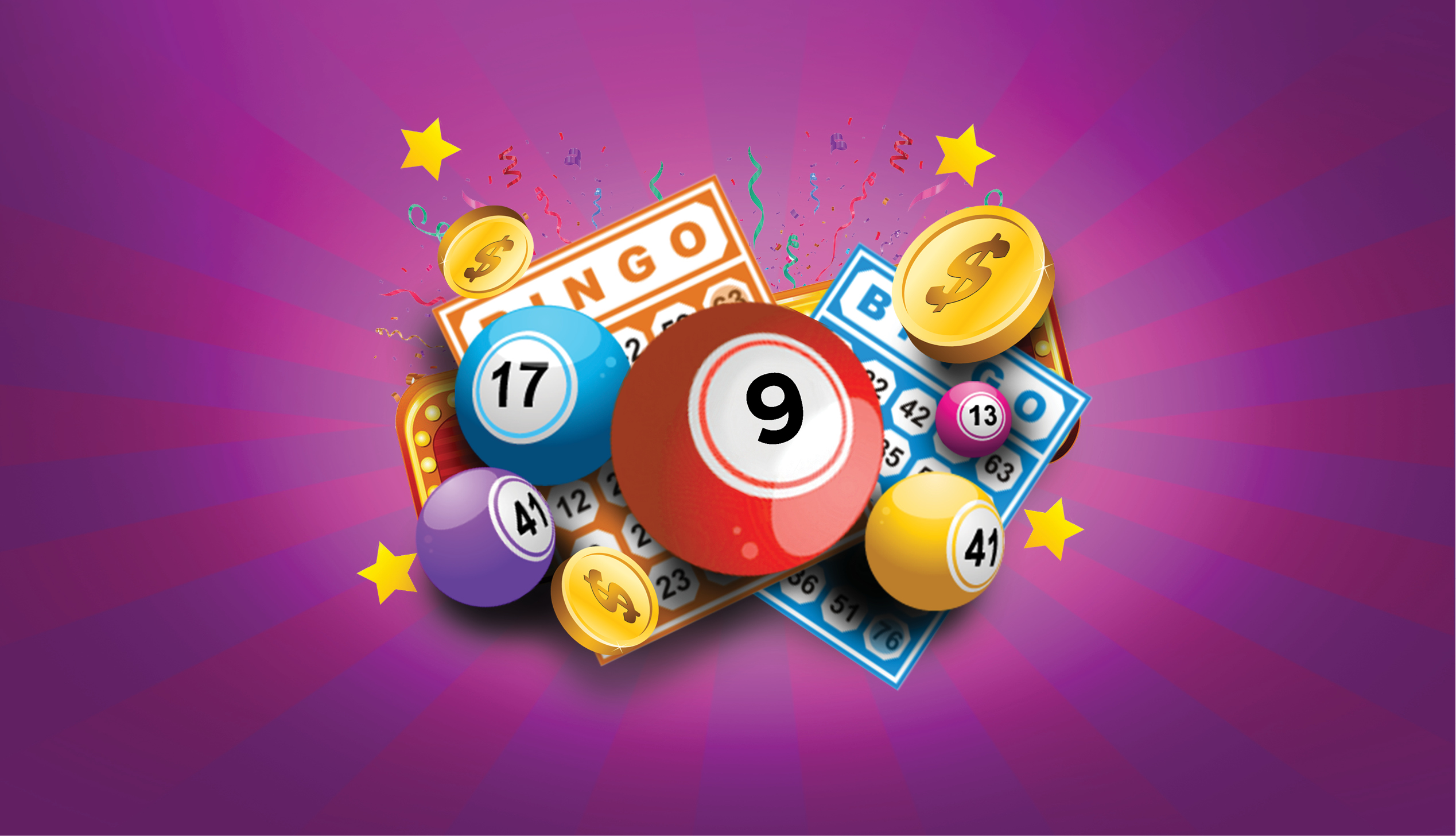
Are The Bingo Cash Games Legit
Introduction Are The Bingo Cash Games Legit: In an increasingly digital age, online entertainment and…
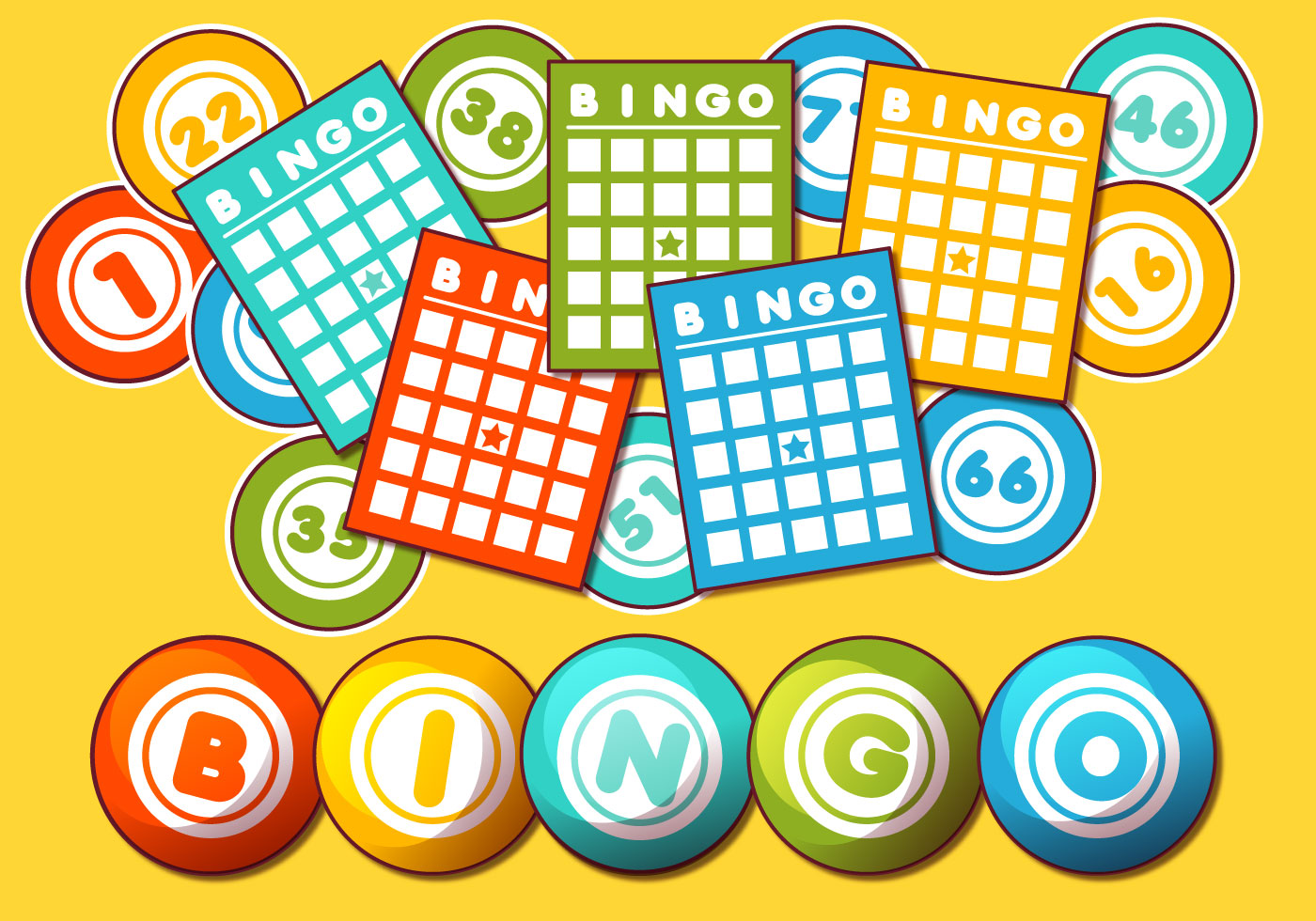
How Long Do Bingo Games Last: Bingo, a popular game of chance and excitement, is known for its simple yet engaging gameplay. One of the intriguing aspects that often piques the curiosity of players and enthusiasts is the duration of a typical bingo game. While the length of a bingo game can vary due to several factors, a general understanding of its duration provides insight into the game’s dynamics.
On average, a single round of bingo, encompassing the announcement of numbers, players marking their cards, and achieving a winning pattern, lasts around 5 to 10 minutes. The speed of the game largely depends on the pace of the bingo caller, the complexity of the required pattern, and the number of participants involved.
Various formats of bingo, such as the 75-ball and 90-ball versions, contribute to differences in game duration. Online platforms often offer quicker gameplay due to automated number calling, contrasting with traditional bingo halls where human callers dictate the tempo.
While individual bingo games are relatively short, an entire bingo session, comprising multiple games and short breaks, can last longer. These sessions can span from a few hours in a traditional setting to shorter periods online. The structured sequence of games allows players not only to enjoy diverse rounds but also fosters a social atmosphere, making bingo a delightful and entertaining pastime for a wide range of enthusiasts.
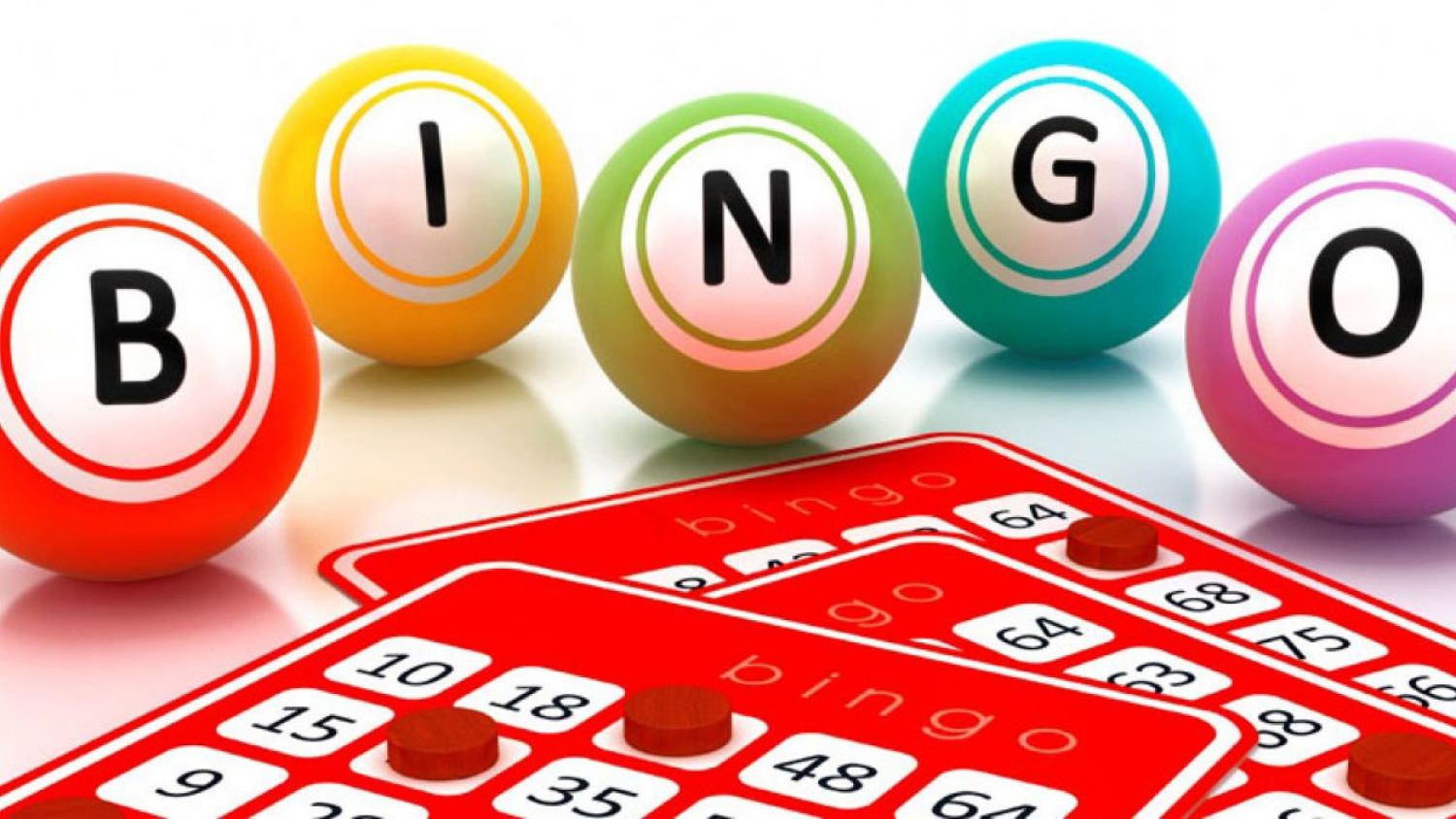
How long does bingo last? A regular session typically lasts about 3 – 3 ½ hours. Afternoon sessions offer a 10 minute intermission to get up, stretch, and grab a bite to eat. The Evening sessions offer a 10 minute intermission and a 5 minute break.
The average duration of a bingo session can vary widely depending on several factors, including the type of bingo being played, the number of players, and the speed at which numbers are called. Generally, a single game of traditional bingo might last around 5 to 10 minutes. However, this is just one game in a larger bingo session.
A typical bingo session usually consists of multiple games with short breaks in between. A session at a bingo hall could last around 2 to 3 hours, during which players play different variations of the game such as straight-line bingo, pattern bingo, and sometimes even more complex games. Each individual game within the session might last anywhere from a few minutes to 15 minutes.
In recent times, online bingo has become increasingly popular, offering faster gameplay due to automated number calling. Online bingo sessions might be shorter, often ranging from 1 to 2 hours, and the pace of the games can be adjusted to fit players’ preferences.
In essence, the duration of an average bingo session is influenced by the number of games played, the specific rules of the games, the number of players participating, and whether it’s a traditional or online setting.
Three to four rounds will take about an hour, and you can choose to end the night early with three rounds if they took longer than expected. All in all, flexibility is key, so monitor according to the mood of the event! Make sure to have additional cards on standby too, in case more rounds are played than expected.
The number of bingo games that can be played in an hour depends on several factors, including the speed at which numbers are called, the complexity of the game patterns, and the efficiency of the players and the bingo caller. On average, in a traditional bingo hall setting, one can expect around 4 to 6 games per hour.
Each individual bingo game typically lasts around 5 to 10 minutes. This duration accounts for the caller announcing numbers, players marking their cards, and any potential pauses or breaks between games. In a fast-paced online bingo environment, the time per game might be shorter due to automated number calling, potentially allowing for more games per hour.
It’s important to consider variations in game complexity. Some games might involve standard straight-line bingos, while others could require more intricate patterns that take longer to achieve. Additionally, the number of players participating influences game duration, as more players may require more time to call a winning bingo.
Ultimately, the number of games played in an hour can range based on the mentioned factors. Whether in a physical bingo hall or an online platform, operators often balance the desire for more games with providing players adequate time to enjoy each round and interact with fellow participants.
The typical duration of a standard bingo game can vary but usually falls within the range of 5 to 10 minutes. This duration includes the time it takes for the bingo caller to announce the numbers, players to locate and mark those numbers on their cards, and for someone to achieve the winning pattern and call out “Bingo!”
During the game, the bingo caller steadily announces numbers, allowing players to mark off the corresponding ones on their cards. The speed at which the caller announces the numbers can influence the game’s pace. Some bingo games might have a slightly longer duration if they involve more complex patterns, such as “cover-all” or specific shapes, which require participants to mark off more numbers on their cards before winning.
Factors such as the number of players and their familiarity with the game can also impact game duration. In a crowded hall or online game with numerous players, it might take longer for someone to achieve a winning pattern due to increased competition.
In online bingo games, the use of computerized systems for number calling can speed up the process, potentially shortening the game’s duration. However, it’s important to note that while standard bingo games are relatively short, a complete bingo session often consists of multiple games with breaks in between. This way, players have the opportunity to enjoy several rounds and increase their chances of winning.
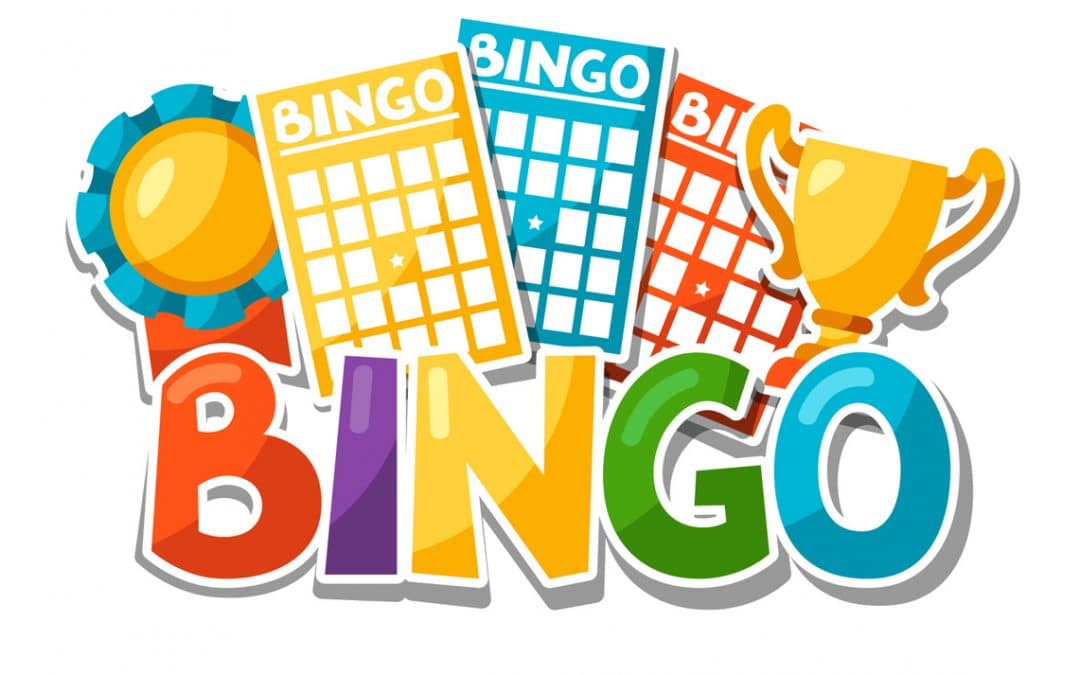
CROWLEY, La. (KLFY)- At 3 p.m. on thursday, the Southwind Healthcare in Crowley set the world record for the world’s longest bingo game was set. Elder outreach and Team Mergist participated in 24-hours of continuous play during the summer solstice. The game benefited The Alzheimer’s Association.
In 1986, a charitable bingo game in Teesside, England, gained attention for its exceptionally long duration. The game was organized to raise funds for a local football club and lasted for an astonishing 24 hours. This marathon bingo session was conducted under special circumstances, with breaks and refreshments provided to players to ensure their well-being.
Bingo games with extended durations are often conducted for charity events, where participants take shifts to keep the game going for an extended period. While 24 hours is one of the longer instances on record, other charity-based bingo games have been known to last for 12 hours or more.
On average, a single round of bingo lasts around 5 to 10 minutes. This duration encompasses the time it takes for the bingo caller to announce the numbers, players to mark off the called numbers on their cards, and for someone to achieve the required winning pattern and call out “Bingo!”
The speed at which a round of bingo progresses depends on factors like the pace of the caller, the complexity of the pattern needed to win, and the number of participants. In traditional bingo halls, a human caller steadily announces numbers, allowing players to mark their cards accordingly. Online bingo games often have automated number calling, which can accelerate the pace.
Bingo patterns can also influence game duration. Simple patterns like straight-line bingos may be completed faster than more intricate patterns that require participants to cover specific shapes or larger portions of their cards.
It’s important to note that while individual bingo rounds are relatively short, a full bingo session typically consists of multiple games played sequentially, sometimes with short breaks in between. This structure allows players to enjoy a variety of chances to win and socialize. Online bingo platforms also offer the convenience of quicker gameplay due to automated processes, potentially resulting in even shorter round durations.
Players use cards that feature five columns of five squares each, with every square containing a number (except the middle square, which is designated a “FREE” space). The columns are labeled “B” (numbers 1–15), “I” (numbers 16–30), “N” (numbers 31–45), “G” (numbers 46–60), and “O” (numbers 61–75).
The range of bingo encompasses a variety of aspects that contribute to its diverse gameplay experience. Different formats, such as the 75-ball, 90-ball, and 80-ball versions, determine the number of balls used and the arrangement of numbers on bingo cards. Moreover, the winning patterns required to secure victory can range from traditional straight lines—horizontal, vertical, or diagonal—to more complex shapes, cover-all, or even creative thematic patterns like letters or objects.
Styles of bingo also exhibit significant variation, from the communal atmosphere of traditional bingo halls to the convenience and speed of online platforms. The pace of the game can differ as well, with live games often featuring human callers that set a pace distinct from the automated number calling in online versions. The prizes on offer also reflect the spectrum of possibilities, spanning cash rewards, gift certificates, merchandise, and even progressive jackpots that grow over time.
Within the basic formats, numerous variations exist that introduce additional rules or patterns, adding layers of excitement and challenge. Bingo’s adaptability is further demonstrated through its diverse settings, encompassing charity events, social gatherings, casinos, and dedicated bingo halls. In essence, the range of bingo allows players to find a version that suits their preferences, occasion, and playing environment, making it a versatile and engaging game enjoyed by many.
Numbers with a letter (such as B-9) are drawn at random (out of a possible 75 in American Bingo, and 90 in British and Australian Bingo) until one player completes a ‘Bingo’ pattern, such as a line with five numbers in a vertical, horizontal or diagonal row on one of their cards and wins the prize.
The official rules of bingo can vary based on the specific variant being played, whether it’s 75-ball, 90-ball, or another variation. However, there are common elements that generally define the rules of most bingo games.
In a standard bingo game, players purchase one or more bingo cards containing a grid of numbers. A caller, either a person or automated system, randomly selects and announces numbers one by one. Players mark off the called numbers on their cards. The objective is to complete a predetermined pattern on the card, which could be a straight line (horizontal, vertical, or diagonal), a specific shape, or covering all the numbers on the card (cover-all).
The player who first achieves the pattern yells “Bingo!” to signal their win. The caller verifies the win by checking the marked card against the called numbers. If confirmed, the player is declared the winner and awarded the prize.
Additional rules might involve special patterns for bonus prizes, rules for tie-breakers if multiple players win simultaneously, and rules related to progressive jackpots.
It’s crucial to note that specific rules can vary based on the location, the type of game, and any variations introduced by organizers. Players should familiarize themselves with the rules before participating in a bingo game to ensure a clear understanding of the gameplay and winning conditions.
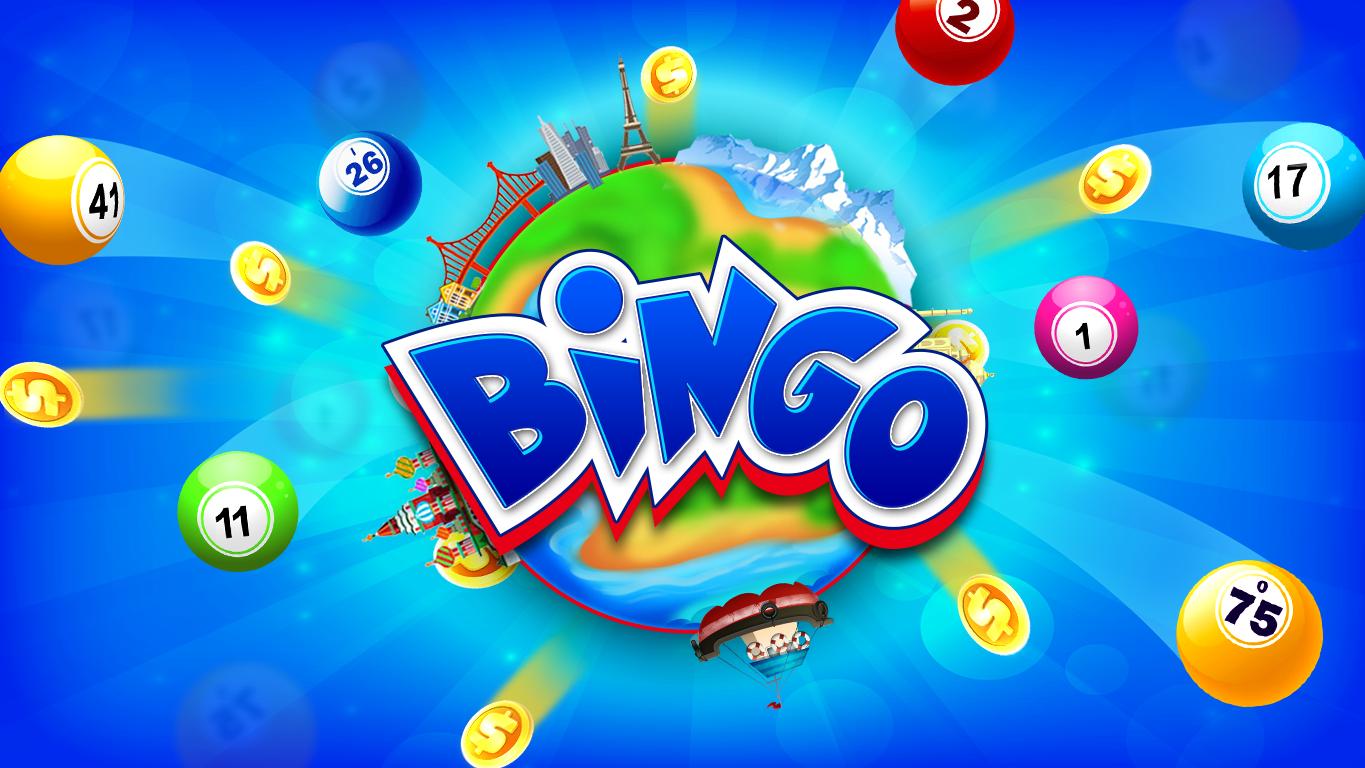
The average length of a bingo game typically ranges from 5 to 10 minutes. During a game, a bingo caller announces numbers, and players mark these numbers on their bingo cards. The game continues until a player completes a required pattern, which might be a straight line (horizontal, vertical, or diagonal), a shape, or a cover-all, depending on the game’s rules.
Factors influencing game length include the speed at which the caller announces numbers, the complexity of the winning pattern, and the number of participants. Simple patterns might lead to quicker wins, while more intricate patterns could extend the game.
Online bingo often features automated number calling, which can expedite the game, while traditional bingo halls with human callers might take slightly longer.
It’s essential to consider that a complete bingo session involves multiple games, each with its own winner. Sessions can last from a few hours in traditional halls to shorter durations online. The session structure provides players with the chance to engage in various games, socialize, and increase their chances of winning.
Individual bingo games are relatively short, but the overall session duration varies based on factors like game type, caller, pattern complexity, and the number of games played consecutively.
The duration of bingo games is a fascinating blend of chance, strategy, and social interaction. The average length of a single bingo game, encompassing the announcement of numbers, card marking, and the pursuit of a winning pattern, typically falls within the range of 5 to 10 minutes. This brief yet dynamic timeframe is influenced by factors like the style of the game, the complexity of the required pattern, the speed of the caller, and the number of participants engaged.
Whether in traditional bingo halls or on digital platforms, the pacing of the game varies. Automated number calling in online versions accelerates the process, while in-person games with human callers offer a different experience. While an individual bingo game may be relatively short, the collective experience of a bingo session, consisting of multiple games and intervals, contributes to a more comprehensive entertainment package.
Bingo’s allure lies not only in its gameplay but also in the sense of community it fosters. Players gather to share laughter, anticipation, and the thrill of victory. As the numbers are called and cards are marked, a unique blend of excitement and camaraderie emerges. Whether seeking rapid online rounds or the nostalgic charm of a traditional hall, participants find themselves immersed in an age-old pastime that transcends generations and continues to captivate with its blend of chance, strategy, and sociability.
Contents